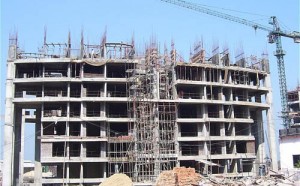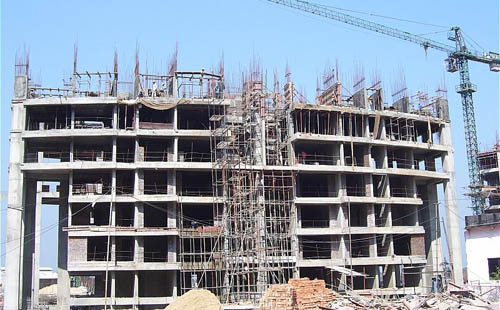 Track2Realty Exclusive-Yearly Analysis: In a market where the five largest firms saw 75 per cent erosion in their combined market capitalization, burdened with debt and struggling with poor growth, there are few lessons these realty companies have been forced to learn the hard way.
Track2Realty Exclusive-Yearly Analysis: In a market where the five largest firms saw 75 per cent erosion in their combined market capitalization, burdened with debt and struggling with poor growth, there are few lessons these realty companies have been forced to learn the hard way.
First lesson for the sector has been that it is a micro market business. The mad rush for IPO during 2005-07, when every developer wanted to be seen as a national player for pan-India investment, boomeranged eventually for many realtors. Even those leading companies who could make pan-India expansion, like DLF, Unitech and Indiabull Real Estate have been undermined by highly leveraged balance sheets, higher borrowing costs and slower execution.
DLF still earns almost 30 per cent of its revenues from Gurgaon despite its presence in over 28 cities. Godrej Properties, despite the pedigree of a large business group, earns 60-70 per cent of its revenues from Mumbai and Ahmedabad, even though it has projects in 12 cities.
On the contrary, some regional players, most notably Puravankara Projects, Sobha Developers and Oberoi Realty have better balance sheets than larger peers. Their stocks have also fared better.
“Older stock is not selling and there is a huge inventory overhang. Unavailability of land, delays in project approvals and low floor space index (FSI) norms are constraining supply in certain markets, thereby affecting the ability of prices to settle at a more rational level” said Sachin Sandhir, Managing Director-South Asia of RICS.
Lesson number two has been that if you need to raise funds, do so for project execution and not future vision. This has been probably the most valuable lesson for a sector that believed for long in raising funds not to complete the existing projects, but to expand and either buy land bank or launch new projects. There was probably a method into this madness. Before the slowdown, realty firms had plenty of easy money. And they used it to the best of pipeline visibility. Not anymore.
In 2008, PE funds invested $6.8 billion in real estate which dried up to $0.85 billion in 2011, as per a report by Jones Lang Lasalle on decoding private equity real estate exits in India. While many developers with SEBI nod didn’t dare to enter IPO market, attempts by Raheja Universal and Lodha Developers to go public were upset by poor stock market response, making PE funds unsure of exit opportunities.
“I feel the developers have already started realising that they need to get out of their non-core business. They would instead focus on completing the projects that will streamline their cash flows and reputation. Delivery will be the key in the year ahead and they will have to cut debt, rope in more partners and smart players will focus on their tried and tested micro markets instead of going pan-India. Of course, some large developers with presence in very many cities can afford that luxury, but by and large developers will focus on their existing markets,” says Anshuman Magazine, CMD of CBRE South Asia.
…to be continued





